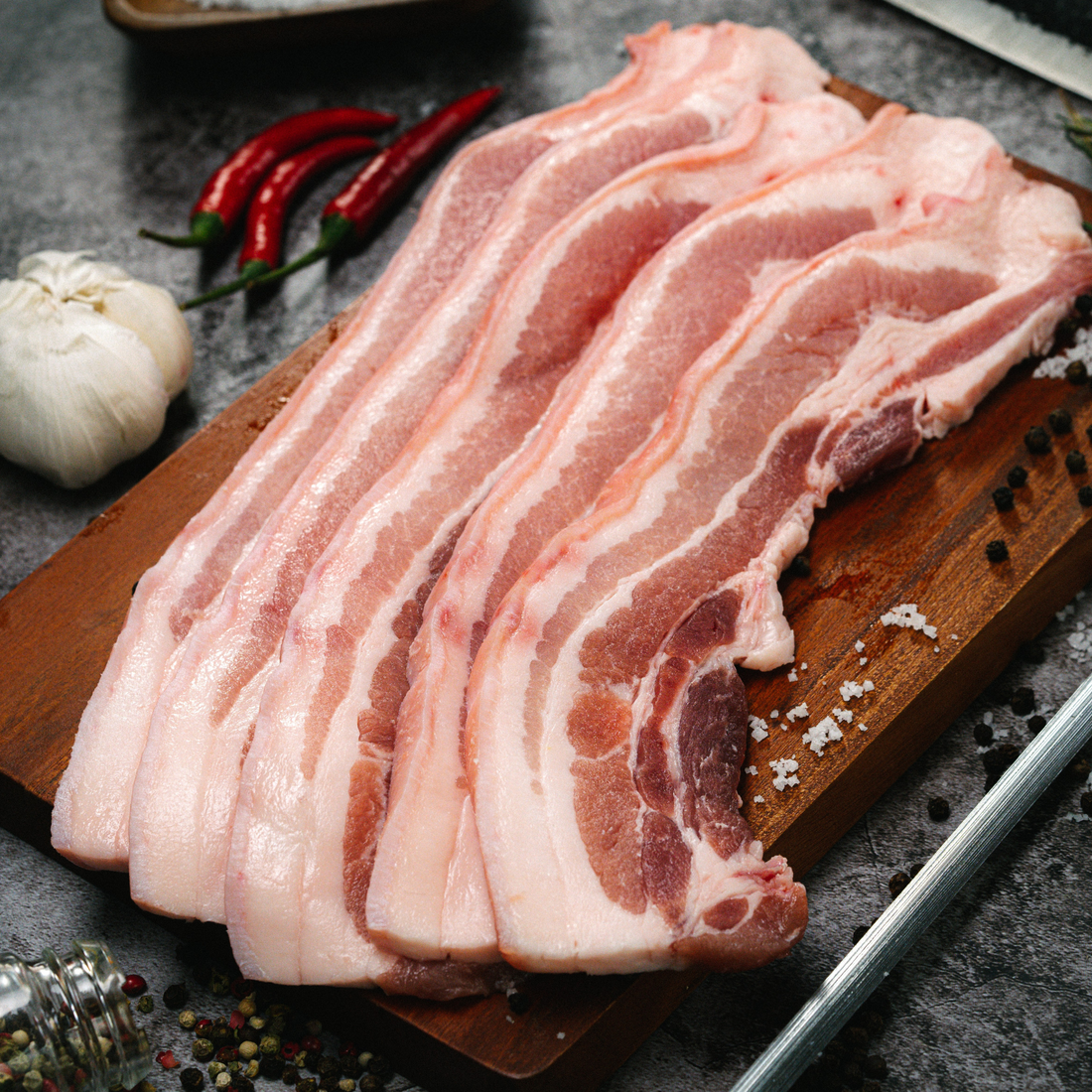
Mastering the Art of Cooking Tender Pork: A Complete Guide
Share

Pork, with its versatile flavor and tender texture, is a popular choice in many culinary traditions. However, achieving perfectly tender and juicy pork can be a challenge for some home cooks. In this blog post, we'll explore some expert tips and techniques to help you elevate your pork-cooking game and create mouthwatering, tender pork dishes that will impress your family and friends.
-
Selecting the Right Cut: Choosing the right cut of pork is crucial for achieving tenderness. Opt for cuts with a higher fat content, such as pork shoulder (also known as pork butt), pork tenderloin, or pork belly. These cuts have marbling, which adds moisture and flavor to the meat, resulting in a more tender final product.
-
Brining for Enhanced Moisture: Brining is an excellent technique to infuse pork with extra moisture and flavor. Prepare a simple brine solution by dissolving salt and sugar in water, along with your choice of aromatics like garlic, herbs, and spices. Submerge the pork in the brine and refrigerate it for several hours or overnight. The brine will penetrate the meat, resulting in a juicier and more tender pork when cooked.
-
Marinating for Flavor and Tenderness: Marinating pork not only imparts delightful flavors but also helps break down tough muscle fibers, resulting in tender meat. Choose a marinade that complements the flavors you desire. Acidic ingredients like citrus juices, vinegar, or yogurt work well as they tenderize the meat. Ensure you marinate the pork for at least a few hours or overnight to maximize the flavor and tenderness.
-
Slow and Low: The Magic of Low-Temperature Cooking: One of the key secrets to tender pork lies in slow cooking at a low temperature. Whether you're using an oven, slow cooker, or grill, ensure you maintain a consistent low heat. This slow cooking process allows the collagen in the meat to break down, transforming it into tender, succulent goodness. Use a meat thermometer to ensure the pork reaches the recommended internal temperature, while still remaining juicy and tender.
-
Resting and Slicing: Once your pork is cooked to perfection, resist the temptation to dig in immediately. Allow it to rest for a few minutes before slicing or serving. Resting helps the juices redistribute, resulting in a moist and tender final product. Additionally, when slicing pork, cut it against the grain to shorten the muscle fibers and ensure maximum tenderness in each bite.
-
Utilize Cooking Techniques: Experiment with different cooking techniques to achieve tender pork. Braising, for example, involves slow-cooking pork in a flavorful liquid, such as broth or wine, which keeps the meat moist and tender. Another technique is searing, which involves quickly browning the pork on high heat before finishing it off with a gentle cooking method. This helps create a flavorful crust while keeping the interior juicy and tender.
Cooking tender and succulent pork is an art that requires a combination of techniques, patience, and a bit of culinary finesse. By selecting the right cut, brining or marinating, employing slow cooking methods, and utilizing various cooking techniques, you can achieve perfectly tender and delicious pork dishes that will leave your taste buds wanting more. So, get in the kitchen, embrace these tips, and savor the joy of cooking tender pork that will impress everyone around your table. Happy cooking!
